Panasonic GH2 – thoughts on Micro 4/3, short films & finally hacked
Months ago, it was still winter, I went out shooting with my buddies Gunther Machu and Peter Hainzl to test and compare the GH2 to the GH1.
Check out what we came up with … thanks to Peter for shooting most of the BTS stuff and to Gunther for editing such a nice piece out of it:
We also shot a little piece with both cameras in Vienna’s Augarten when it was VERY cold. Check it out, that’s “The Lonesome Player”:
You might remember Gunther for his great work with the GH1 before, or for the great guest blog post he wrote about the hacked GH1, often dubbed GH13, which was posted here one year ago. If you missed it, check it out here, it’s well worth reading.
Anyway, I wanted to do a review of the GH2 but I felt I didn’t have to add to much to what everybody else already wrote about. So we decided to take it for a spin together with the hacked GH13, and compare the two cameras in a real-life situation.
My conclusion is that the GH2 is a superior “DSLR” compared to the Canon line, technically speaking. Canon uses a very nasty “line-skipping” algorithm to acquire its 1080p images, I’ve written about it in detail here and even offered a suggestion on how to utilize the sensor’s higher resolution right here, theorizing about the procedures. Panasonic on the other hand uses real binning of the pixels, resulting in a considerably sharper overall image.
Micro 4/3 challenges, lenses
The Micro 4/3 standard used by Panasonic, while allowing smaller sizes for lenses, poses its own challenges. For one, the smaller sensor size means that you get a crop factor of x2 compared to full-frame 35mm lenses (like for the 5Dmk2). That is of course a problem on the wide angle, because e.g. every 20mm lens will give you a field of view of 40mm. Difficult. The Canon 7D, 550D, 600D and 60D use an APS-C sensor with a crop factor of x1.6, which is less challenging. Secondly, due to the smaller sensor you need fast lenses to achieve a more controlled depth of field. The most beautiful work I have seen so far was shot with a Voigtlander Nokton 25mm f/0.95 lens, but as you can tell, it’s not a bargain – but the images are well worth it.
Personally I’m not a fan of the Lumix lenses for Micro 4/3rd, although there are several fast ones out. I don’t particularly like the look of most of them. I didn’t notice that before I compared them to some great Canon L glass, attached to the GH2 and GH1 using a Kipon adapter during our test. The problem with Canon lenses is that there is no manual way to adjust the aperture, so you must adjust the aperture on a Canon DSLR before you attach it to the GH1 or GH2. Of course this is not a good way to work, but the Kipon adapter is a cheap mechanical device. Birger is coming out with a more advanced adapter with electrical components which will allow you to adjust aperture directly on the adapter. I have used the pre-production version of the Birger adapter for the Sony mount on the FS-100, and it worked great, but it will cost you around $800.
If you already own a series good lenses for your Canon DSLR, the adapter is well worth the investment, because you will be able to use your old lenses (and lenses should always be a long-term investment). As mentioned before though, there will be a crop factor of 2x.
So I am a much bigger fan of the Canon glass in comparison to most of the Lumix lenses. Especially the zooms are not as good and not a single Lumix zoom lens seems to have a constant aperture, which make them very hard to handle in a professional environment.
Some of the nicest shots in the video above where achieved either the great Tokina 11-16mm f/2.8 lens for Canons or the Canon EF L 24-70mm f/2.8. Gorgeous images just like on Canon DSLRs, but definitely sharper in detail.
GH2 vs. GH13
The hacked GH1 got rid of a lot of the issues of the GH1, most notably its extremely low bit rate at 12mbps, which crippled the otherwise great device enormously – it’s so bad that the image completely disintegrates into pixels when you pan a little bit too quickly while shooting in 1080p.
Suddenly it was possible to get a decent bit rate in a nice format and with much less limitations – until Panasonic encrypted the firmware on new models, thereby preventing any changes. A shame!
However, the GH2 was released, delivering a way superior performance in all the key areas compared to the GH1.
When Gunther & were shooting “The Lonesome Player”, we realized the (un-hacked) GH2 is even sharper than the hacked GH1 … a surprising result.
Check out Gunther’s comparison video below, and also read his text:
GH13 vs GH2 Test from Gunther Machu on Vimeo.
Before I bought the GH2 I read through a couple of posts over at DVXuser.com where some people claimed the motion characteristics to be different of the GH2 vs. GH13 (“strobing”), also detail level and a couple of other things.
Hence, I was curious to make a comparison on my own when I got my PAL GH2 (serial WB01…), so I mounted my GH13 with the hack (“C” settings, and native 24p checked) and the 20mm f1.7 Pancake on top of the GH2 with the 14-140 kit lens set to 20mm as well. I had to use an aperture of around 8 to 9 to get the desired shutter speeds.
Also film mode (smooth), ISO and shutter were exactly equal, resulting in a brighter GH13 picture.
Hence, this gives a disadvantage to the GH2 in resolving detail in dark areas (these areas are darker than with GH13). Still, the GH2 is clearly better in this (and every other) respect.
Summary: to my eyes, the GH2 is a clear improvement in all aspects (IQ, features, …)
Hacked GH2
A few days ago hacker Vitaliy Kiselev – who also was “Tester13”, the guy who hacked the GH1 – released a first version of his hack of the GH2 firmware. People have been eagerly waiting for this for a while, despite the fact that the GH2 has many less drawbacks compared to the GH1. The most noteworthy change is that with the hacked firmware, you are finally able to switch between PAL and NTSC regions, and it is finally possible to record more than 29 minutes and 59 seconds on European models (this is a restriction that all DSLR manufacturers have to impose on their cameras to avoid a EU regulation which says that everything that records more is to be considered a camcorder and therefore has to be taxed higher).
The firmware is its early stages and you should be very careful and know what you are doing if you try to install it now.
To find out more about the hacked GH2 firmware, head over to our friends at Cinema5D or if you are the developer/programmer type, here’s the nitty gritty on Vitaliy’s discussion forum.
USA: Germany/Austria: UK:
-
I am a GH2 user. Thank you for your help. Would you please recommend the program for compressing HD?
-
I am a recent convert to the GH2 but the quality of the footage is pretty amazing. I shot a Doc down in Panama. I shot on a GH2, DIY slider, Steady cam, and shoulder rig. You can see some pics here.
http://www.crossbowfilms.net/102/
Love the blog I love seeing footage of other people shooting. Especially if its a GH2

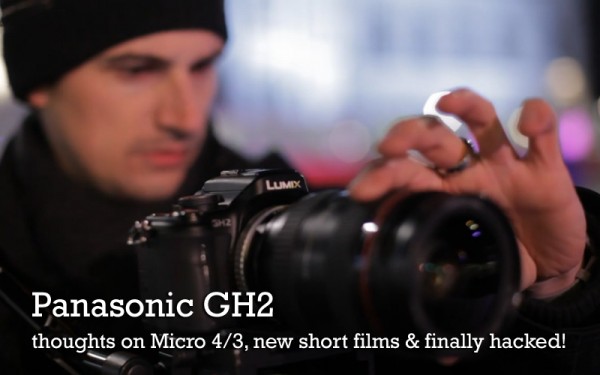
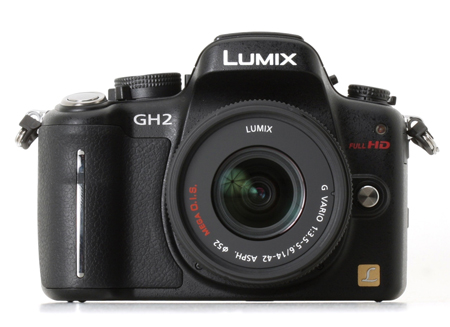

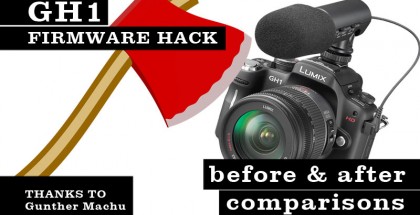
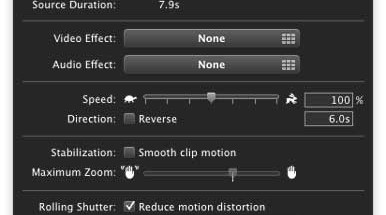
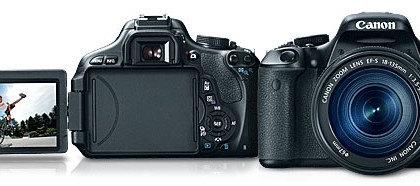












Comments